The helpful brownies at Pubpeer noted that three of the little panels (in the 12- and 24-hour columns) had been cut from a single multi-mouse crime scene, in another paper, in the manner of Manet's Execution of Emperor Maximilian.
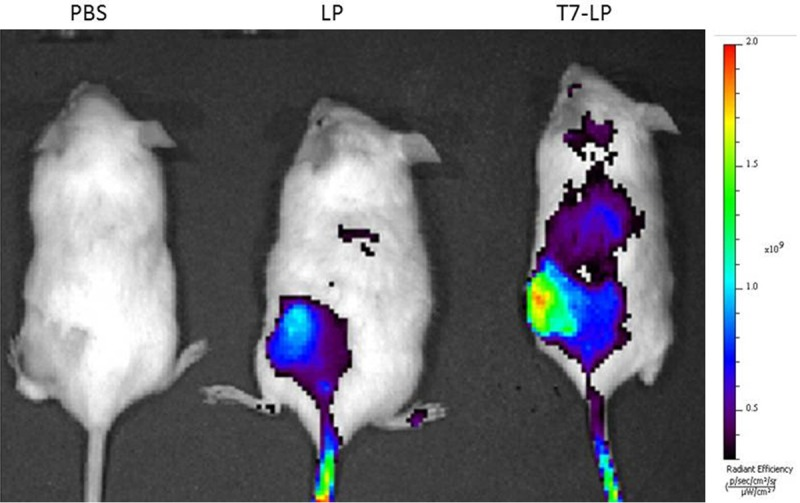
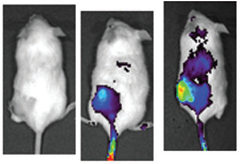
The second paper with the original image came later (Wu et al.), and shared no authors with the first (Tang et al.); all three mice were the lucky recipients of A2780 ovarian-carcinoma xenografts, and had all died 24 hours after injection with different liposomes. Also there are two instantiations of the paper, in Int.J.Clin.Exp.Med. from Dec. 2014 and in Int.J.Clin.Exp.Pathol. in Jan. 2015, but that's because the publisher "e-Century" is several bottoms-of-barrels down the scale of competence.*
This is all by way of introduction to the Late Capitalism phenomenon of a Paper-Mill.
Does this fit the terms of the Riddled Mission Statement?
The terms of the Riddled Mission statement were scrawled in unfamiliar characters, in lipstick, on the flipside of a beer-mat from the Old Entomologist -- the topside bearing a cartoon of a happy Strepsipteran -- which was subsequently soaked in Old Sheepshagger Mangelwurzel Mild. Therefore its interpretation requires hermeneutic exegesis and a broad degree of latitude. In fact it may originally have been a shopping list.
What's a 'shopping list', Uncle Smut?
It's how we pre-Millennials used to organise forays to the supermarket before we had Interduct-enabled fridges that we could program to
As I was saying... a vibrant ecology of previously undreamt-of vocational titles has grown up around the academic precariat, feeding their need to stuff their CVs with spurious publications.
 There are the scamferences, and the parasitic journals, and the bogus Citations Indices that provide those parasitic journals with marks of quality (and are often issued by the same grifters). Comparable in many ways to the niches like Sewer-siever and Pure-finder that emerged in the ecosystem of Victorian London. Someone needs to document the world of mockademic publishing in the same rich detail as Mayhew documented "London Labour and the London Poor", for the benefit of historical novelists of the future.**
There are the scamferences, and the parasitic journals, and the bogus Citations Indices that provide those parasitic journals with marks of quality (and are often issued by the same grifters). Comparable in many ways to the niches like Sewer-siever and Pure-finder that emerged in the ecosystem of Victorian London. Someone needs to document the world of mockademic publishing in the same rich detail as Mayhew documented "London Labour and the London Poor", for the benefit of historical novelists of the future.**The Paper-mills are part of the ecosystem. They are a solution, provided by the Market!, for academics who need publications for promotion or job retention, but are unable to conduct the research themselves (due to incompetence, or absence of facilities, or the time pressure of taxi-driving as a third job). The best agencies will not only assemble the paper, they negotiate with the editors and set up fictitious identities to be the peer-reviewers who provide good reviews for the manuscript -- a seamless wrap service.***
Original papermill: Swift [1726]Some of these papers may even report not-made-up results, but there is no way of knowing which. It is not as if any of the literature will find its way into clinical practice. Mainly it provides a money pipeline from the Chinese gubblement to a few academic publishing conglomerates, turning the wheels of the papermills and paying the salaries of the academic precariat along the way.
Bad things happen when you
block the money pipeline Other visual overlaps emerged from scrutiny... Evidently three differently-coated liposomes loaded with docetaxel (from Shi et al.), paclitaxel (Qin et al.) and paclitaxel (Li et al.) shrink cancer-cell spheroids in the same manner. Bold authorship indicates a 'recognised' paper, signed by Qin He's lab.
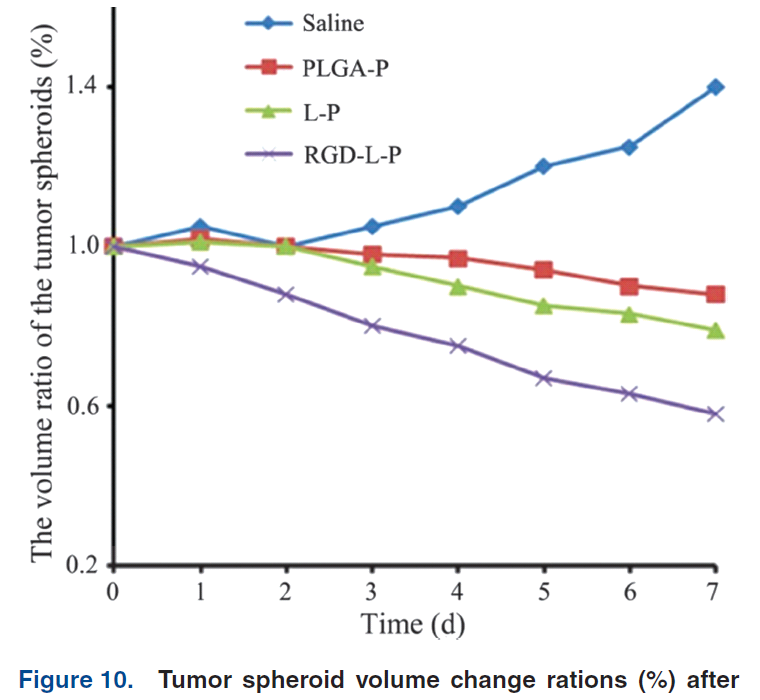


Here are Shi and Li again:

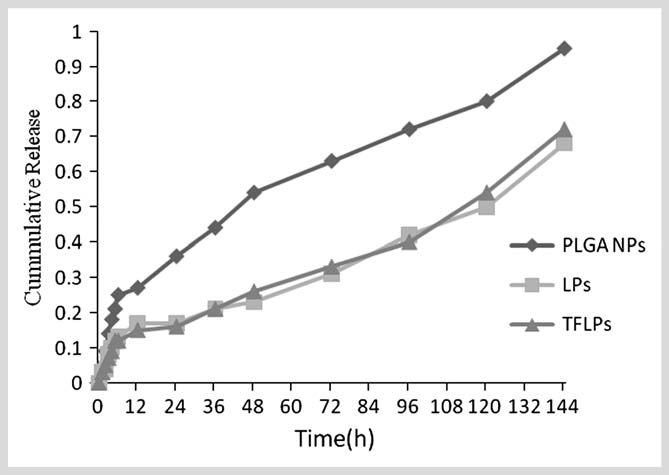
Another family of spheroids from Cao, Guo and Wu (no official publication sighted yet).
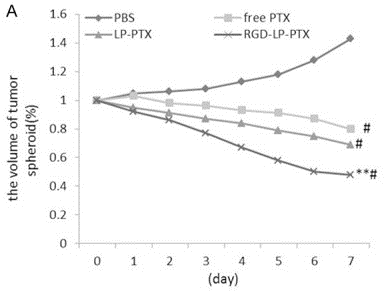
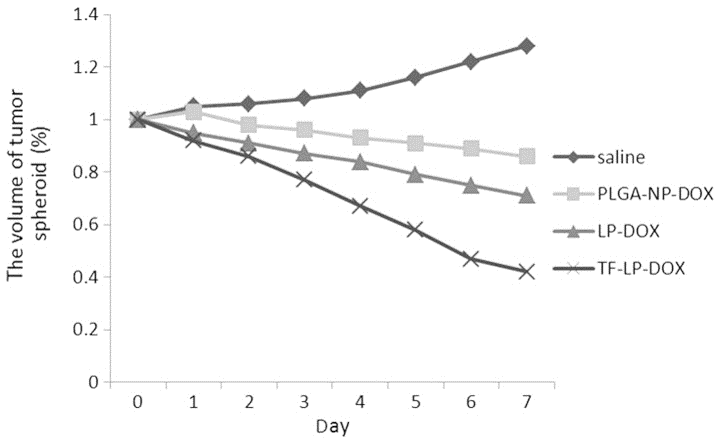
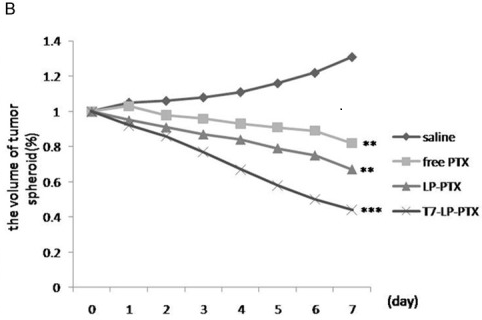
Shi and Li have slightly different scale bars on their transmission electron microscopy of nanoparticles (negatively stained with uranyl acetate):
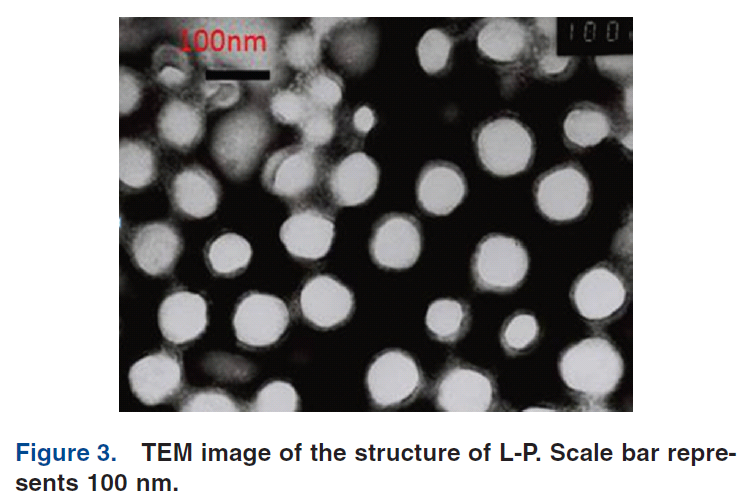

Mei, Chen and Wang obtain their explanatory diagrams from the same graphic designer.

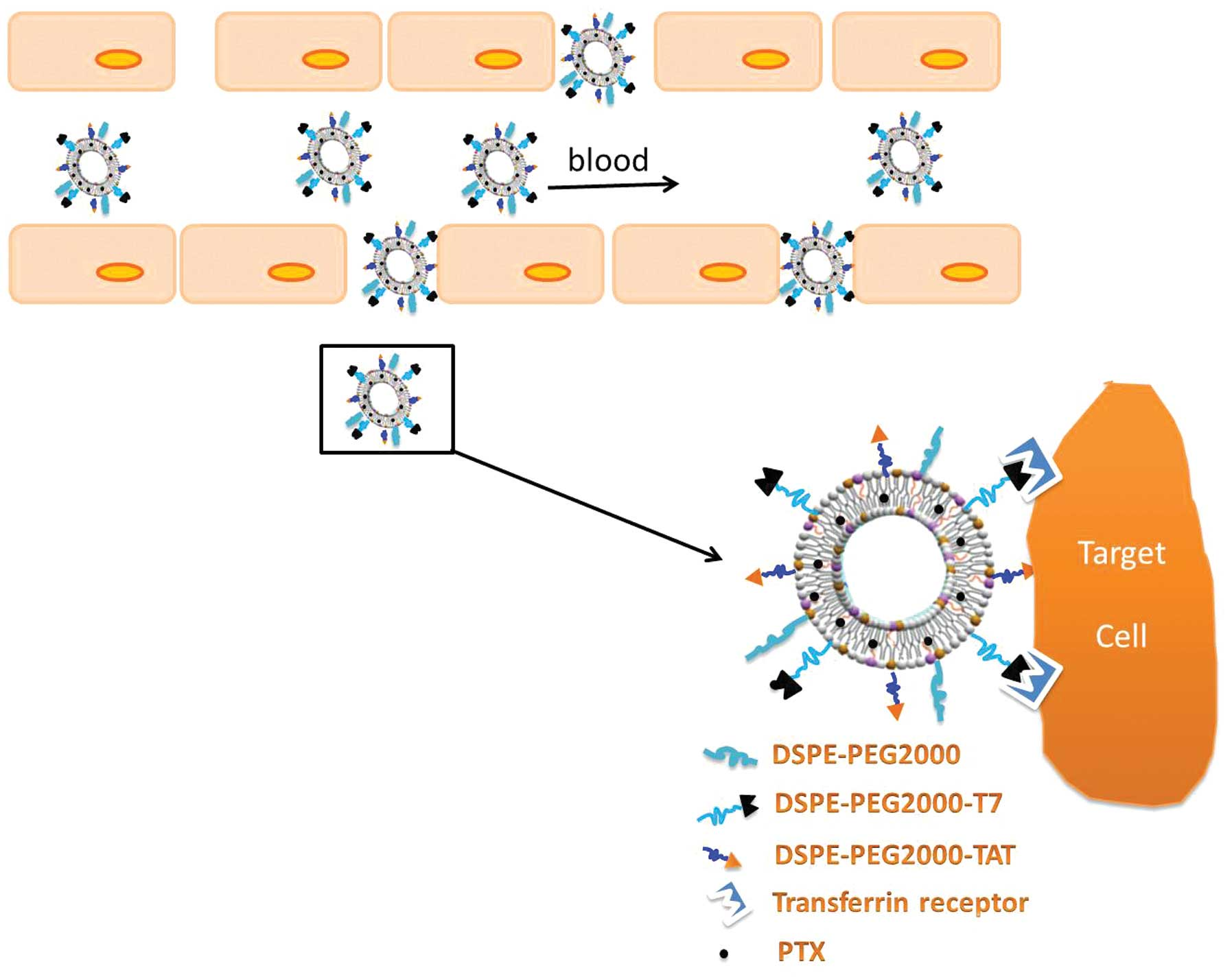
Chen, Wang and Cao variously plot the growth of HepG2, A549 and PC-3 cancer xenografts.



Here are some spheroids themselves (at various focal planes) from Mei, Li and Qin.
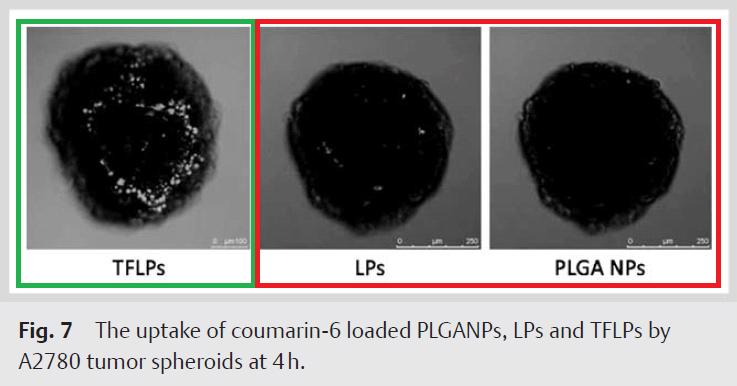

Meanwhile Liu shared spheroids with Wu and (flipped) for Cao.
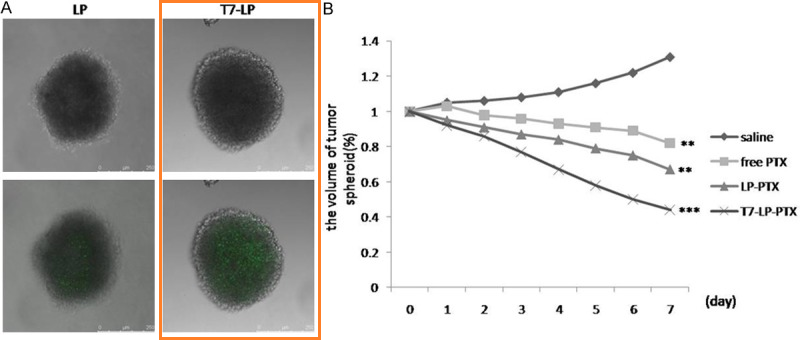
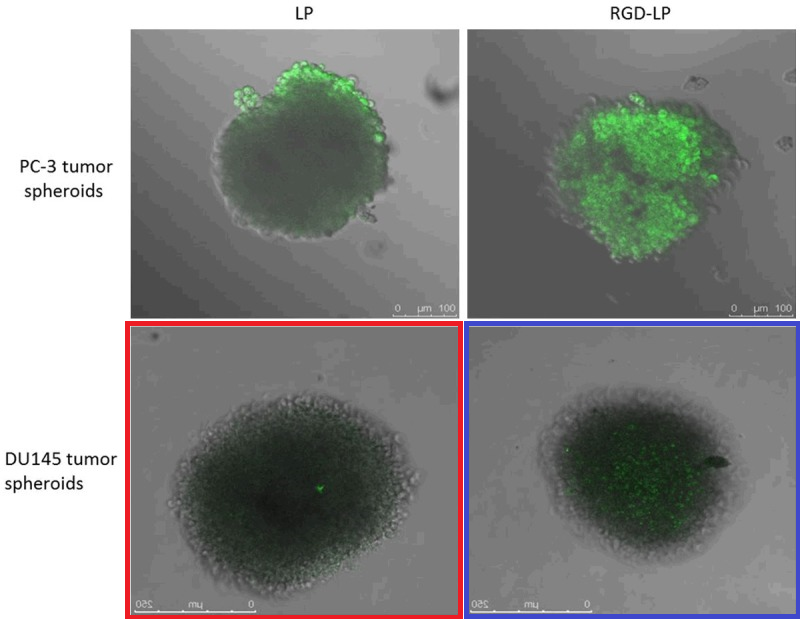
Guo, Zheng and Wang:



Mei and Li:
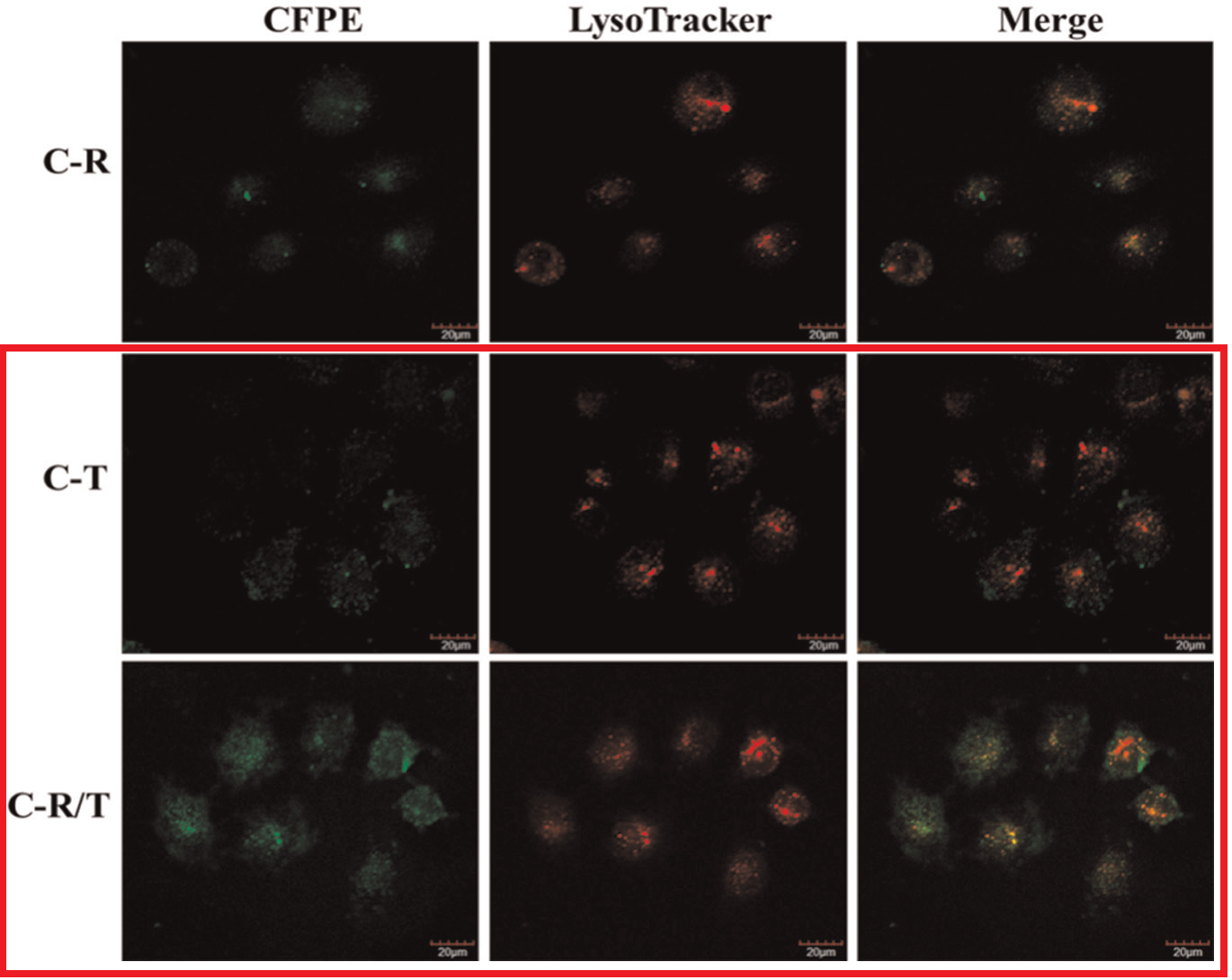
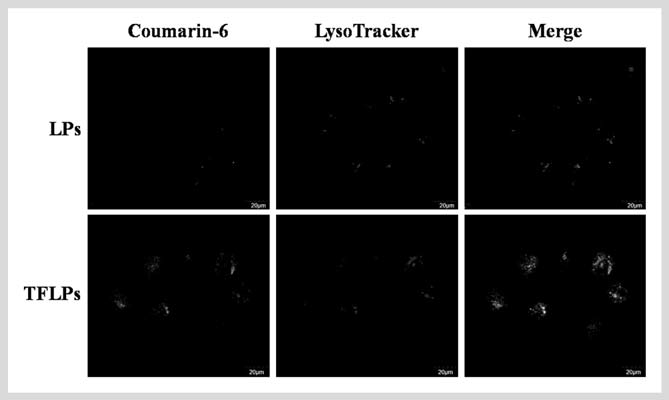
Confocused cells from Mei and Wu:


The pursuit began with someone at Pubpeer recognising mouse corpses shared between Wang and Guo. Mei have further casualties from the same crime scene.


[h/t Raymond M. Schiffelers]
All this has barely scratched the surface of the iceberg [h/t BBB Scientist], we have merely picked the low-hanging fish in the barrel. Also, bored now. But every image of confocal microscopy, committed to memory for recognition across papers, means less memory for other stuff, valuable stuff, and I have personally lost my internalised copies of several of Menzel's Realist masterpieces from the Altes Nationalgalerie. Any further detection of image reuse will require someone to devote a Profiler String Wall to the task: pinning up all the figures according to category, connected with criss-crossing red threads.
To finish where we started, on 29 September Wu et al. retracted both copies of their paper (with the iridescent dead mice) and would like the entire unfortunate episode to be expunged from the Interlattice, so as to attract no further attention.
we found there are many errors in my paper, so after careful thinking, we are going to rearrange this manuscript. Thus we decided to withdraw this manuscript with great pity. Please delete the paper from your website and PubMed.
------------------------------------------------------
* The "e-Century Publishing Corporation" is a single grifter who puts his 17 American- and International-Journal-shaped dumpsters on-line from his home in the suburbs of Madison WI. Consequently his customers can honestly inform their institutions that they have Published in an International Journal, and receive enough of a bonus to cover his price of $1580. He serves a very selective niche in the mockaemic eco-system: the Tables of Contents are dominated by Chinese authorship lists, interrupted only by a couple of Turkish research groups who submitted there by mistake.** If it's good enough for Terry Pratchett...
*** The Meta-analysis genre was popular for a while, until sharp-eyed readers noticed the same phrases and mistakes recurring in the output from the production-line, and Lo there was a mighty retraction across the land.
------------------------------------------------------
UPDATE: Helpful Pubpeer brownie Macrophthalmus Grandidieri prepared a useful though now incomplete diagram of papers and their shared pictorial heritage, including twenty-seven 8-by-10 color glossy pictures with circles and arrows and a paragraph on the back of each one explaining what each one was.The diagram does not include the textual overlaps among papers. This post is already long enough without pursuing that trail. But Wang and Chen and Wu have many paragraphs in common, with Tang et al. as the ultimate source. Qin et al. swerve onto the topic of polyethylene glycols and PDI values, as if these had been central themes in the paper, or at least had been mentioned before:
Particle size plays a critical role in their clearance by the sinusoidal spleens of human and rats. Particles must be small enough to avoid the splenic filtration process at the interendothelial cell slits in the walls of venous sinuses (27). Similarly, particle size is an important factor that affects the LP endocytosis by the brain capillary cells on the BBB, and the size distribution is generally limited to ~200 nm in diameter for brain‑targeted LPs (28). In the current study, the sizes of the prepared LPs were all below 130 nm, which provided a favorable size condition for brain transport. The particle sizes decreased due to the stabilizing effect of polyethene glycols (PEGs), which prevented the LP interactions. The polydispersity index (PDI) increased with the introduction of PEGs, which can be explained by the greater flexibility and folding of longer chains. A PDI of < 0.300 and particle diameters of ~200 nm were considered adequate for further in vitro and in vivo studies.Evidently, when paragraphs were being copy-pasted from Xie et al. (2012), insufficient effort was made to customise it to the client's desired subject (the authors were so proud of the phrasing, they repeated it a third time for Wu).
Particle size plays a critical role in their clearance by the sinusoidal spleens of human and rats. Particles must be small enough to avoid the splenic filtration process at the inter-endothelial cell slits (IES) in the walls of venous sinuses.36 Similarly, particle size is an important factor that affects the liposome endocytosis by the brain capillary cells on the BBB, and the size distribution is generally limited within 200 nm in diameter for brain-targeted liposomes.37 In our study, the sizes of the prepared liposomes were all below 170 nm, which provided a favorable size condition for brain transport. The particle sizes decreased due to the stabilizing effect of PEGs which hindered the liposome interactions. The PDIs increased with the introduction of PEGs, which can be explained by the greater flexibility and folding of longer chains.38 In our study, PDIs less than 0.300 and particle diameters within 200 nm were considered adequate for further in vitro and in vivo studies.39,40,42This is what you get when you choose the Holiday Bargain Package, people. The peer-reviewers at 'Oncology Letters' must have been distracted by a skwirl or by something shiny when they read this, or didn't read it.
Post title is excessively cryptic. Source:






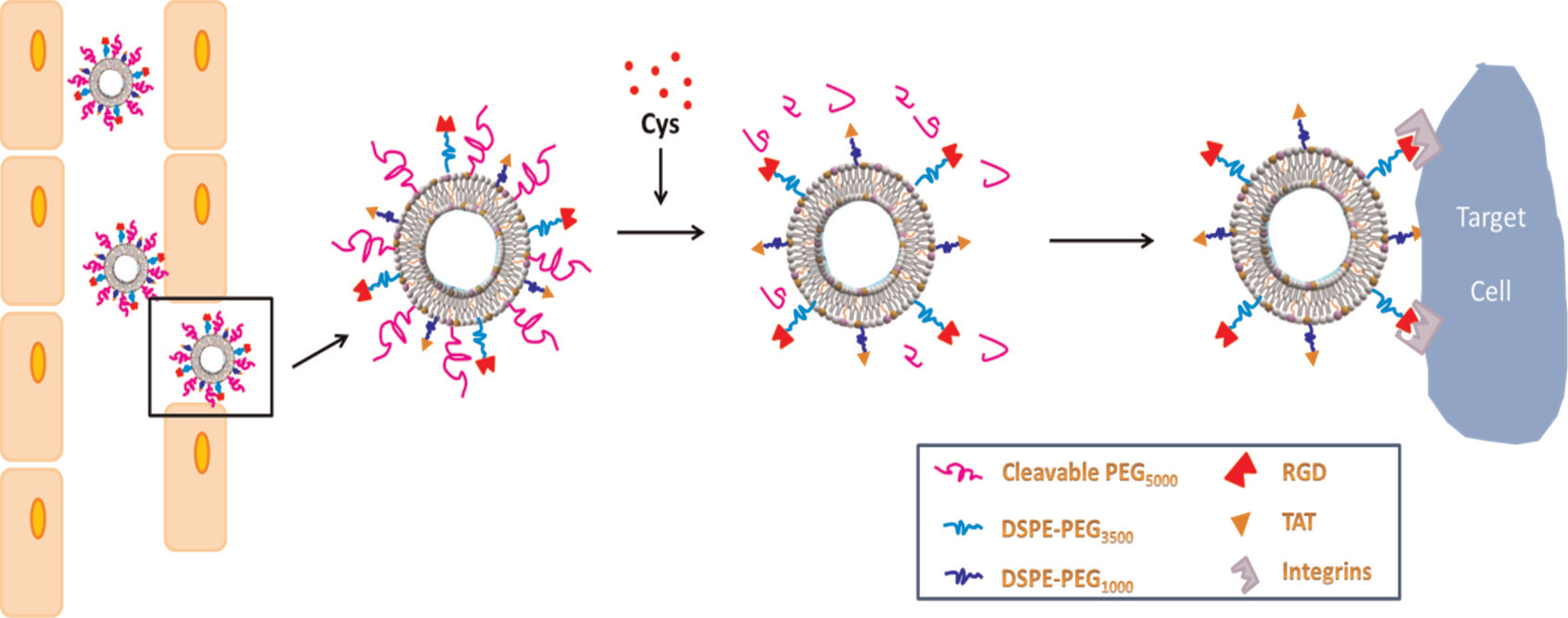
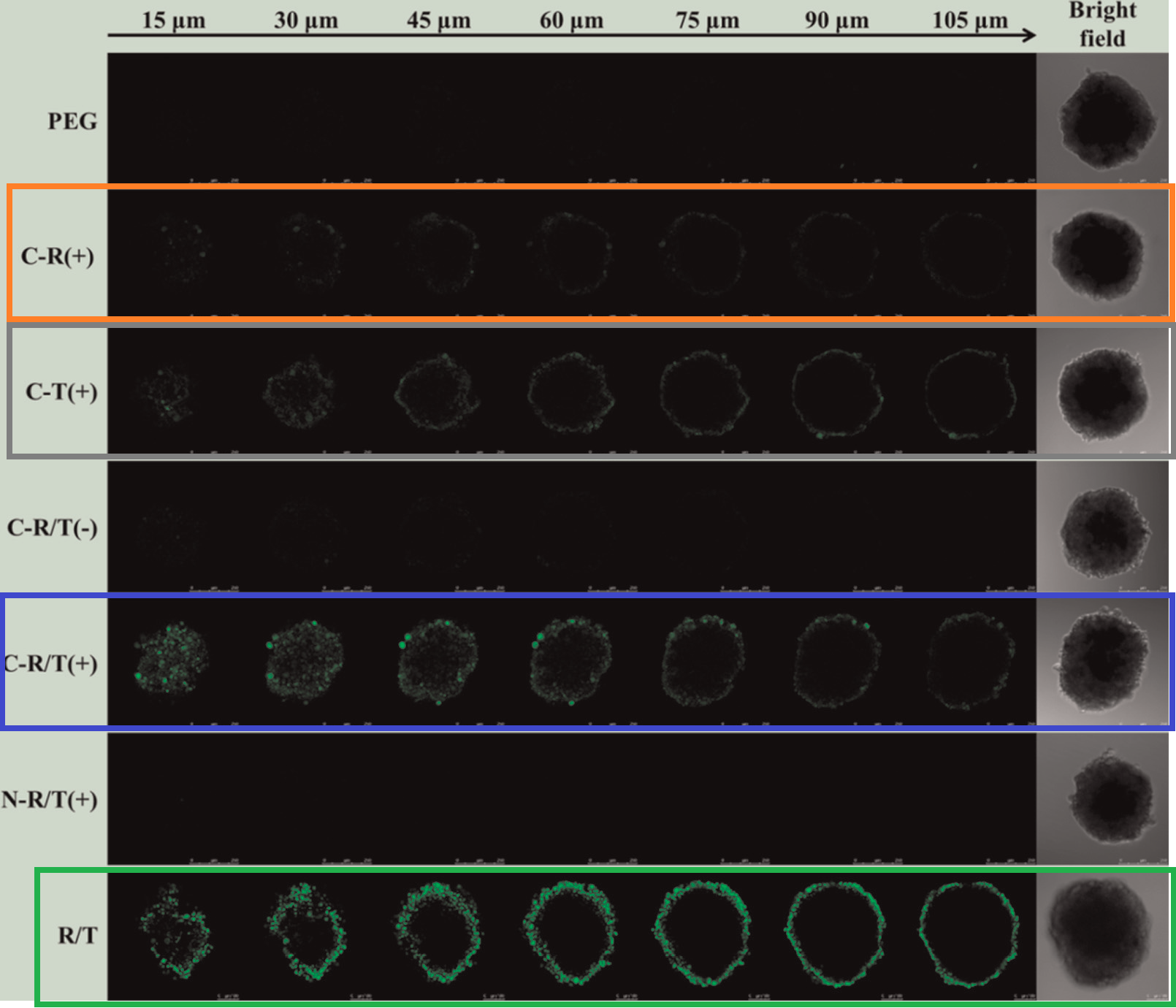



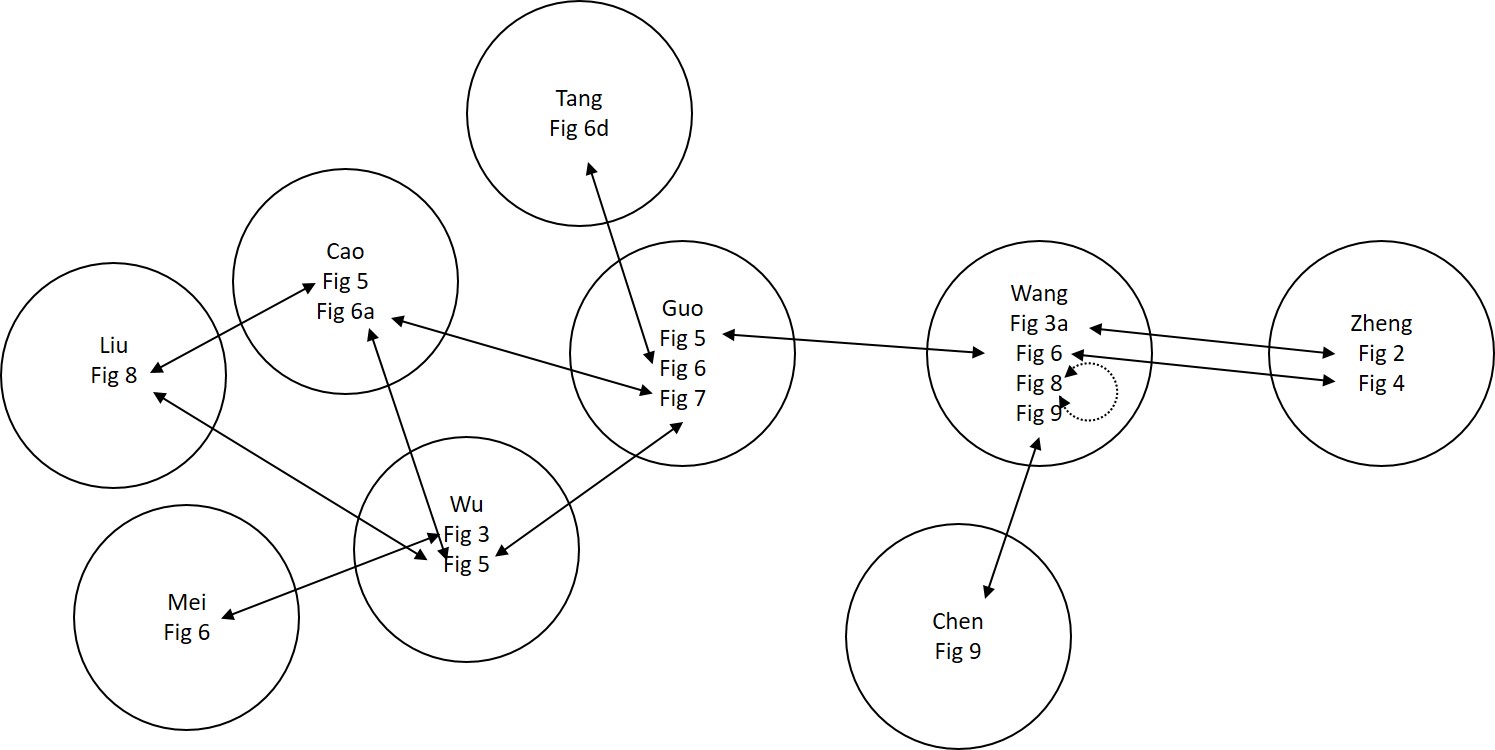
No comments:
Post a Comment